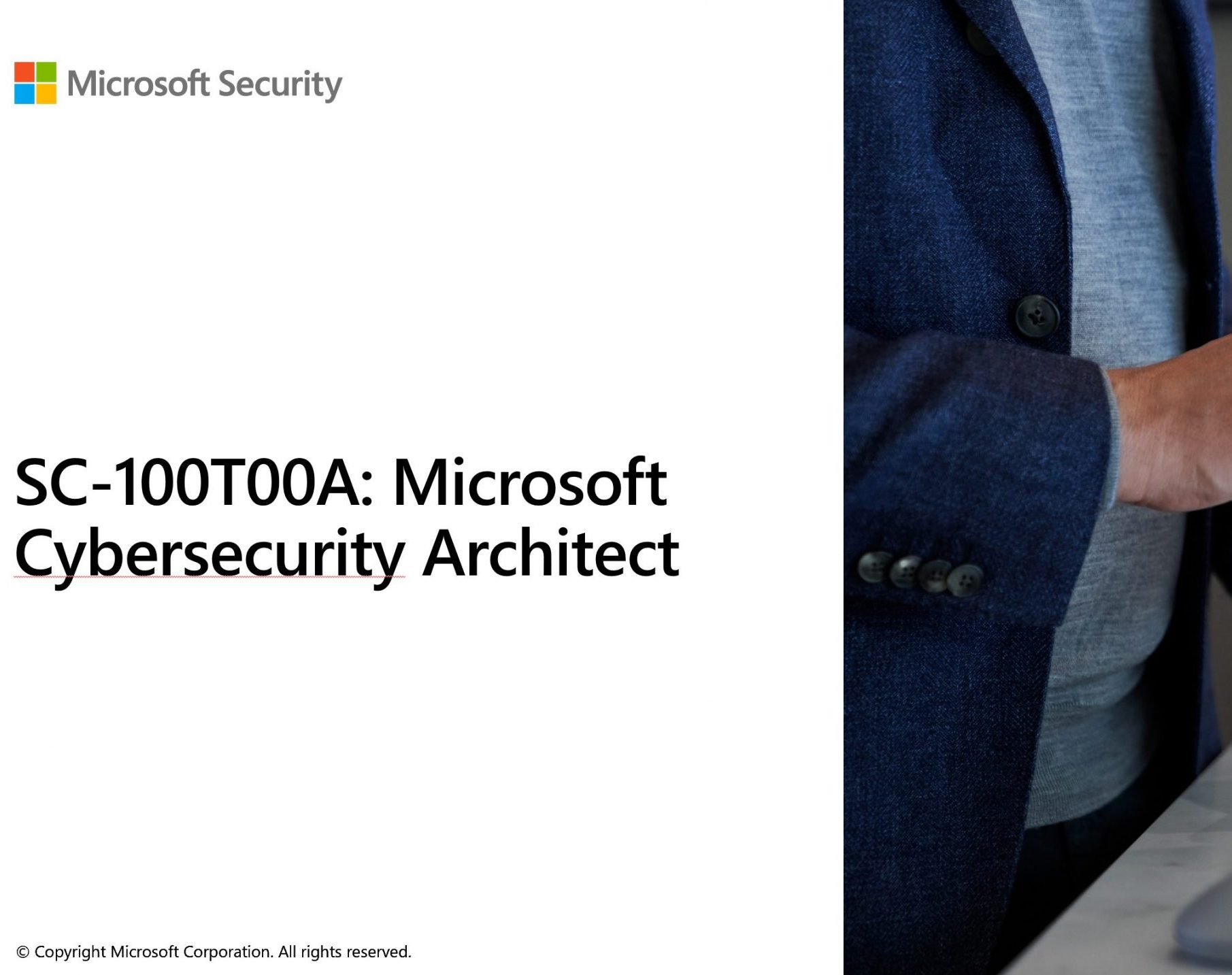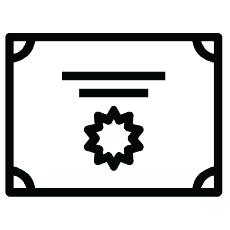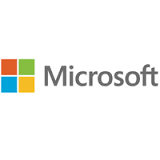
Microsoft Official Course (MOC)
Course
Course SC-100T00: Microsoft Cybersecurity Architect (SC-100) EN
(4 days)
About this Course:
Course Goals/Skills Gained:
- Design a Zero Trust strategy and architecture
- Evaluate Governance Risk Compliance (GRC) technical strategies and security operations strategies
- Design security for infrastructure
- Design a strategy for data and applications
Course Format:
 |  |
|---|---|
Присъствен (Classroom) Курс в Учебната ни зала или В Офис на Клиент | Онлайн (Online/Virtual) Курс във виртуална зала с инструктор |
Course Language Option
 |  |
|---|---|
Български (Bulgarian) | Английски (English) |
You can choose the language in which the training will be conducted – Bulgarian or English. All our instructors are fluent in English.
Student Guides:
The training materials are available in electronic format. They can be used online / offline on any device. Lifetime access.
Lab Environment:
Each student has their own lab environment where the exercises are conducted, part of the course. You do not need to install software on a computer or special hardware requirements. Participants in a face-to-face format in our Training Center have an individual computer during the training.
At Course Completion:
 |  |
|---|---|
Lifetime Access - Video Archive 24/7 | Certificate of Course Completion |
Lifetime access to a video archive with recording of each individual lecture. Official internationally recognized certificate for completed training course.
Course Duration:
-
5 working days (09:00 – 17:00) or 40 hours of training (theory and practice)
Payment
An application for an invoice is accepted at the time of enrollment in the respective course. An invoice is issued within 7 days of confirming the payment.
Upcoming Courses
For more information, use the contact form. We will contact you to confirm the dates.
This Course Prepares you for the following exam:
-
-
SC-100: Microsoft Cybersecurity Architect
-
Instructors
Target audiences
- IT professionals with advanced experience and knowledge in a wide range of security engineering areas, including identity and access, platform protection, security operations, securing data, and securing applications. They should also have experience with hybrid and cloud implementations.






